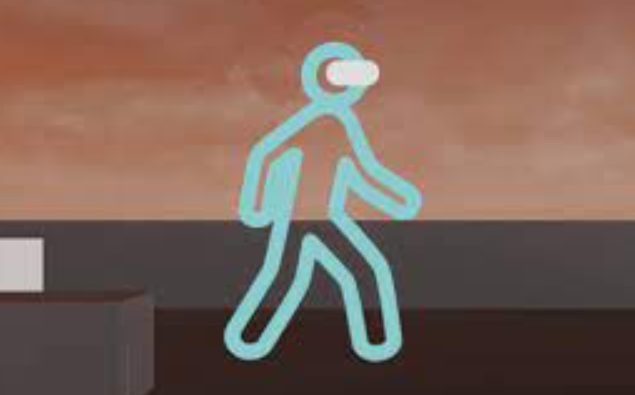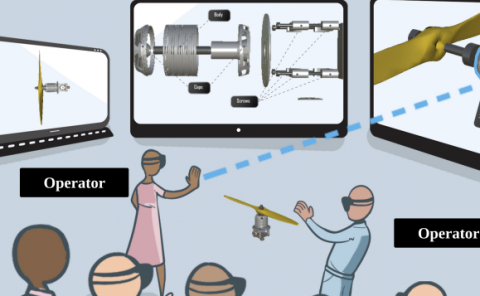Target: Zero Drift: Minimizing Spatial Drift in VR Optical Tracking Systems such as Oculus Insight
PubDate: November 2020
Teams: Deakin University
Writers: Gerard Mulvany;Simeon Taylor;Stefan Greuter
PDF: Target: Zero Drift: Minimizing Spatial Drift in VR Optical Tracking Systems such as Oculus Insight

Abstract
Virtual Reality (VR) games and applications require accurate spatial positioning of the head-mounted display (HMD) within the virtual environment. Inside-out tracking technologies such as ‘Oculus Insight’ derive the HMD position by tracking ‘landmarks’ in the user’s environment. Because these technologies face specific limitations in deriving the HMD position and rotation, players can experience noticeable spatial drift[1]. To develop a better understanding of these limitations and improve tracking accuracy, we tested ‘Oculus Insight’ under several environmental and user conditions. We used Unreal Engine to develop a calibration program which measures the discrepancy between the HMD’s real-world and its in-game positions, in order to calculate the relative spatial drift. We replicated this program in several environments, duration and distance travelled by a user. Preliminary findings suggest methods for improving spatial accuracy over time; most notably providing a white grid pattern against dark carpet, which improved tracking by a factor of 4.3. This study helps researchers and practitioners minimize spatial drift in VR optical tracking systems such as Oculus Insight.


